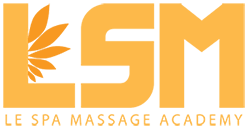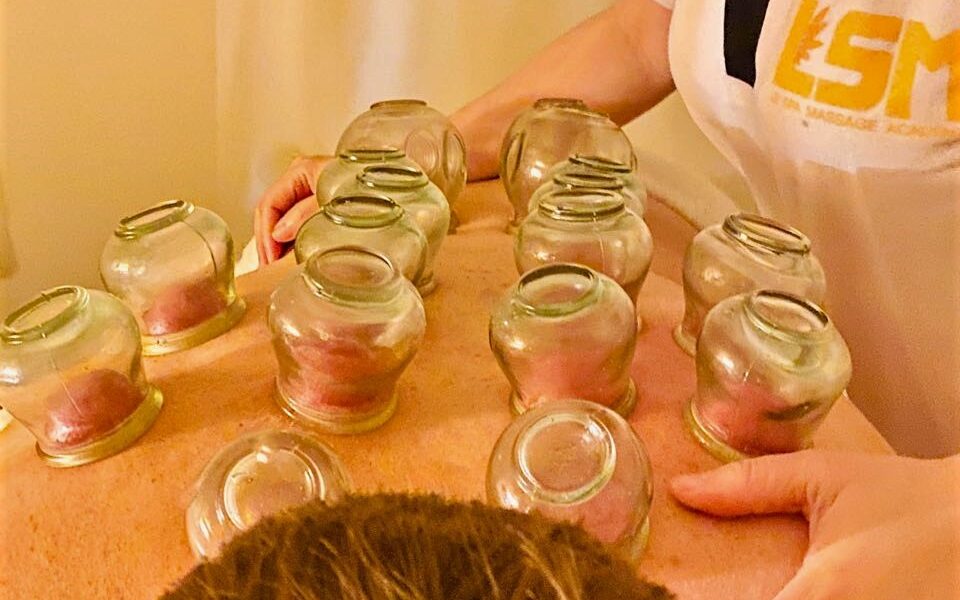WHAT IS TRADITIONAL FLAME CUPPING?
Cupping therapy is an ancient form of alternative medicine and has been around for thousands of years. Cupping is based on the belief that certain health problems can be caused by stagnant blood and poor energy flow through your body. To reduce or prevent those health issues, cupping practitioners apply cups—typically glass or silicone—to your skin to create a pressure that sucks your skin inward. The pressure that the cups create draws blood to the affected area, increasing your blood flow overall
HISTORY OF CUPPING THERAPY
- Chinese cupping therapy has been used for over a thousand years ago. In the past, cupping therapy applied cattle horns or cross sections of bamboo for treatment. These ancient ‘cups’ were boiled in the water or set aflame to expel the air and suck the cups onto the skin. This method was used to drag out pus and blood, which benefits treatment of boils. Cupping therapy was used in Chinese surgery as an auxiliary strategy. Then it was found to be useful in addressing other diseases and further enhanced into special therapy.
- Cupping history dates back to the year 281 AD. The earliest cupping therapy was recorded by a Taoist alchemist in A Handbook of Prescriptions for Emergencies, Ge Hong, and it then became a Taoist medical practice, which was widely used in the courts of Imperial China.
- At a much later time, the cupping method was used in the Arabian Desert and the Indian sub-continent, for their healing. However, cupping therapy is a Chinese invention according to recorded history.
WHAT IS BENEFITS OF CHINESE CUPPING?
- In Chinese culture, cupping is a part of Oriental medicine. In combination, acupuncture and cupping can cure many ills, such as pulmonary tuberculosis. In both Eastern and Western cultures, they believe that illnesses and infirmities can be cured by suction.
- Chinese cupping is beneficial for the lungs, assisting them to clear congestion from a common cold and to manage asthma. Respiratory maladies are problems that are commonly treated through cupping.
- Importantly, Chinese cupping can detoxify the skin and enhances blood flow via the veins and arteries. It usually leaves a skin mark, or bruise.
- The digestive system can be positively affected through cupping. Particularly, the metabolism may improve, and constipation can be relieved, contributing to healthy appetite and strong digestion.
- In addition, cupping is an efficiently alternative method of addressing acne, pain, fascial paralysis, cervical spondylosis, and herpes zoster.
WHAT TO AVOID AFTER CUPPING THERAPY?
- Keep yourself hydrated by drinking more water.
- Provide the lymphatic system extra fluids to flush the toxins out of the body.
- Avoid showering immediately after a cupping session.
- Keep the treated areas covered and warm.
- No alcohol after a cupping session.
- Some may experience fatigued or experience flu-like symptoms, but this is normal due to the processing and expelling of toxins released during a cupping session.
THEORY BEHIND MERIDIAN LINES AND CUPPING THERAPY
Cupping therapy is based on the meridian theory of the body.
- Cupping helps removing any blockage in the body and opens up the meridians so that body energy (Qi) can flow freely.
- It also helps rejuvenating certain meridians and organs that are not functioning at their best.
Cupping therapy is known to help activate the lymphatic system, promote blood circulation and is good for deep tissue repair.
WHAT CAN CUPPING THERAPY TREAT?
Cupping is generally recommended for the treatment of:
- Back and neck Pain
- Stiff muscles
- Paralysis
- Gastrointestinal disorders
- Lung diseases (especially chronic cough and asthma)
- Anxiety
- Fatigue
- Migraines
- Rheumatism
WHAT TO EXPECT AFTER CUPPING IF IT APPEARS SOME MARKS OR BRUISES?
After the cupping therapy, your skin may appear red circular marks. It’s important to understand that is not bruises and it doesn’t hurt. However, there is a opposite common assumption that cupping marks are bruises. Based on various research show that Bruises are triggered by an impact trauma that breaks the capillaries in the injured area. The cupping mark is a different thing. As cupping therapy cause no compression or impact trauma when it done correctly, they lift your skin and tissue in order to increase blood circulation and release toxins in the body. So which means the darker the mark, the more stagnant fluids (toxins, blood and lymph) were dredged up.
In China, they are called yinzi, meaning “marks”, the Greeks use the term of dachylidia indicating “rings”. And the people who grow up with cupping know that cupping is beneficial and stimulating indication that the variety of pathogen has been delivered to the surface due to the suction of cupping. That is the visible sign of success since it enhance healing process.
But it need to be understood that the Myofascial Cupping – Cupping without causing marks has been not successful. Many research claims that myofascial cupping is a soft tissue therapy for relaxation, restoring vitality. The treatment has been developed in reducing in pain intensity and disability. Moreover, it reduces the recurrence rate of pain therefore enhancing quality of life. Nowadays, cupping is an integrative therapy in modern medicine which can combine with healthcare plans for chronic pain.
In conclusion, the marks look painful but in most cases they are purely aesthetic. Some people don’t experience bruising at all. As the reaction is based on the elasticity of individual skin
LOCATION
08/31 Black Street, Milton, Queensland, 4064
Click here to get to Le Spa Massage Academy.
PRICE:
| 30 minutes | 45 minutes | 60 minutes | 90 minutes | 120 minutes |
| $55 | $75 | $88 | $125 | $160 |

